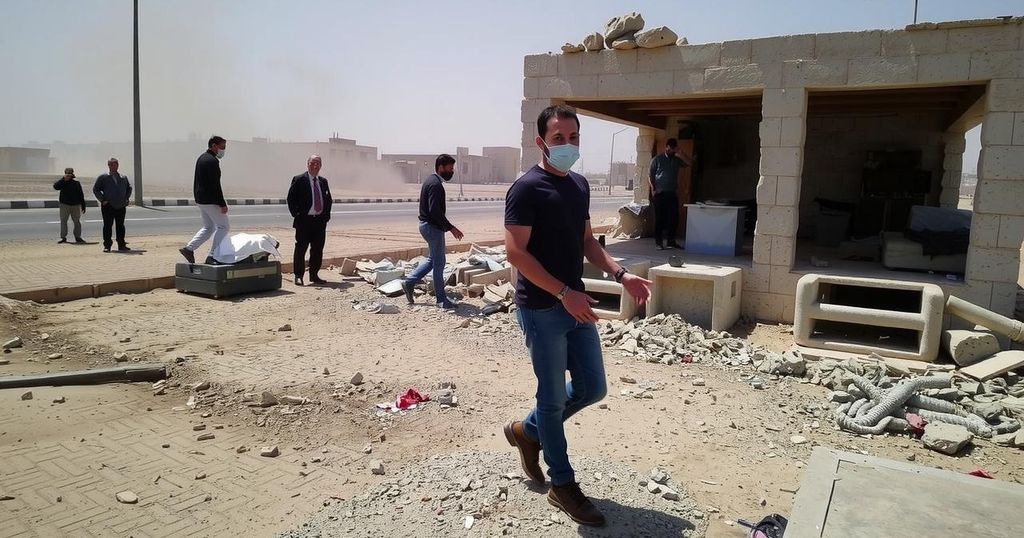Resurgence of Conflict in Syria: Analyzing the Current Landscape
Syria’s civil war has seen a revival as the rebel faction Hayat Tahrir al-Sham successfully retakes Aleppo with minimal resistance. This resurgence is interlinked with ongoing conflicts in Ukraine and Lebanon, and the geopolitical implications of Donald Trump’s reelection. The shifting allegiances and diminished capabilities of Hezbollah and Russian forces may shape the conflict’s trajectory moving forward.
The recent resurgence of conflict in Syria highlights the complex interrelations among various geopolitical forces. Following a prolonged period of stagnation, the rebel coalition known as Hayat Tahrir al-Sham (HTS) began a sweep through northwestern Syria, culminating in the retaking of Aleppo with surprising ease. This shift can be interpreted against the backdrop of other international conflicts, such as the war in Ukraine, where Russian forces are overextended. Additionally, Hezbollah’s diminished capability due to internal strife in Lebanon further complicates the dynamics of the Syrian war. The announcement of Donald Trump’s reelection appears to have influenced actions taken by Turkey, affecting regional power balances and prompting renewed activities from rebel groups. This renewed unrest in Syria poses critical questions about the future cohesion among the fighting factions and the involved state actors.
Syria’s civil war, which began in 2011 as a peaceful protest for democracy, transformed into a brutal conflict marked by a struggle between the Assad regime and various rebel factions. The situation worsened when foreign powers intervened—Russia provided military support to Assad while Iran and Hezbollah bolstered his positions. Over the years, the conflict led to immense suffering, with millions of Syrians displaced and significant casualties incurred. After almost a decade of relative quiet, the recent actions taken by HTS signify a potential re-escalation of hostilities, raising questions about the motivations and implications for the broader region.
The recent resurgence of violence in Syria signifies a crucial moment, shaped by the intertwined fates of various regional actors and the shifting dynamics related to international conflicts, particularly in Ukraine and Lebanon. The motivations behind Turkey’s tacit approval of HTS’s actions reflect a greater strategic calculus amid changing political landscapes, including the anticipated U.S. withdrawal from northeastern Syria. As such, the future of Syria remains uncertain, with the potential for further escalation at the hands of both local factions and foreign powers.
Original Source: abcnews.go.com




Post Comment